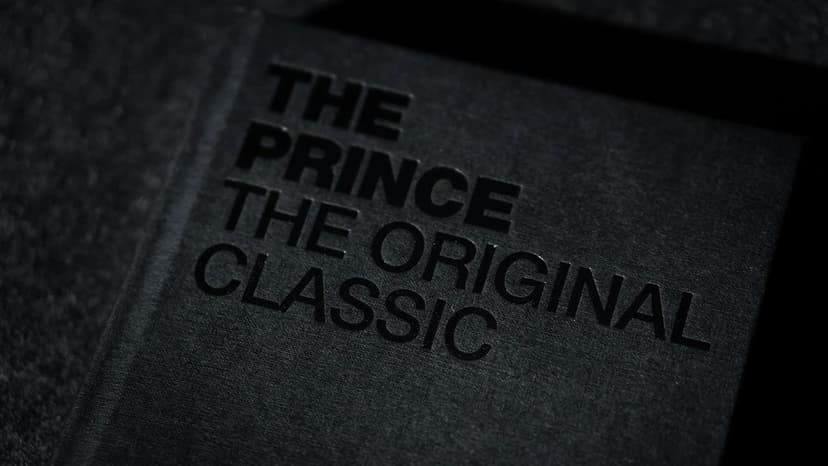The Difference Between "Does It" and "Is It"
When learning English, many phrases can confuse us, especially when they seem to mean the same thing. Two such phrases are "does it" and "is it." Though they may sound similar and are often used in similar situations, they have distinct meanings that can change the outcome of a conversation. Let's break down the differences to help clarify when to use each phrase.
What Does "Does It" Mean?
The phrase "does it" is commonly used to ask questions about actions, habits, or general truths. When you hear "does it," think of it as inquiring whether something performs a specific action or behaves in a certain way. For example:
- "Does it work?" – Here, you are asking if an object or tool is functional.
- "Does it rain often in this area?" – In this case, you are asking about the frequency of rain in a place.
"Does it" implies an inquiry about the effectiveness or occurrence of something. It's useful for seeking confirmation about behaviors or actions.
What About "Is It"?
On the other hand, "is it" is used to ask about states, conditions, or identities. This phrase is more about the existence or quality of something, rather than actions. You might use "is it" in sentences like:
- "Is it cold outside?" – This question seeks to determine the current weather condition.
- "Is it a good movie?" – Here, you are asking for an opinion about the quality of a film.
"Is it" focuses on identifying or describing conditions, rather than actions. It helps in discussions about feelings, states of being, or characteristics.
Putting It All Together
To put it simply, if you want to ask about an action or a process, use "does it." If you want to inquire about a state, quality, or identity, use "is it." Let’s look at a hypothetical situation: Suppose you are discussing an app on your phone. If you want to know if the app has a specific feature, you might say, "Does it support offline access?" In contrast, if you are curious about the app's performance or rating, you would ask, "Is it user-friendly?"
Real-Life Examples
Here are a few examples to reinforce the distinction:
-
Does It:
- "Does it make noise when it operates?"
- "Does it fit in the bag?"
-
Is It:
- "Is it too noisy for our needs?"
- "Is it the right size for the trip?"
Understanding when to use "does it" vs. "is it" can significantly enhance your communication skills in English. With practice, you’ll feel more confident in making these distinctions and effectively expressing your thoughts and questions.












